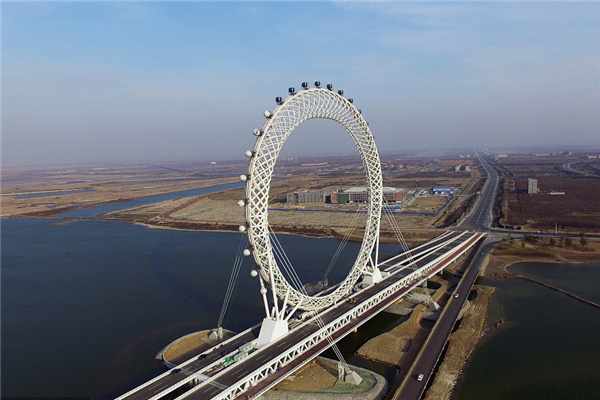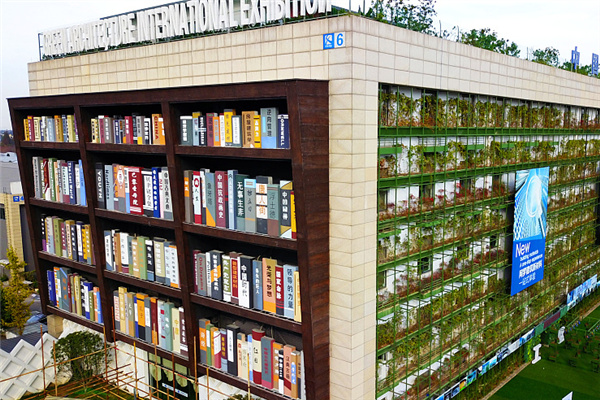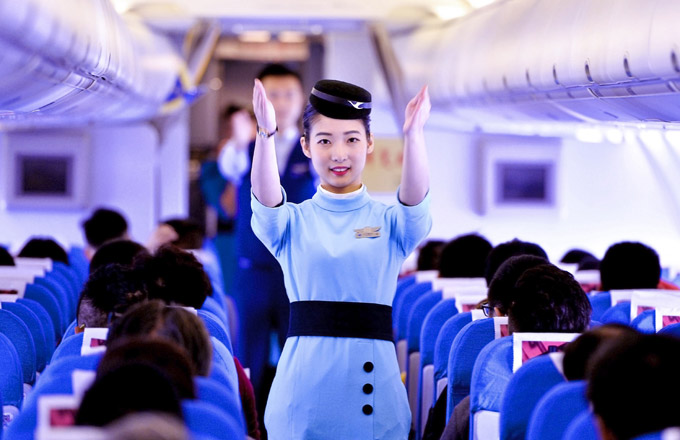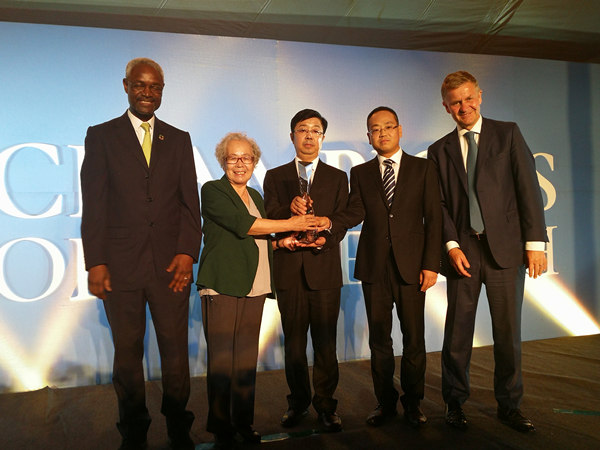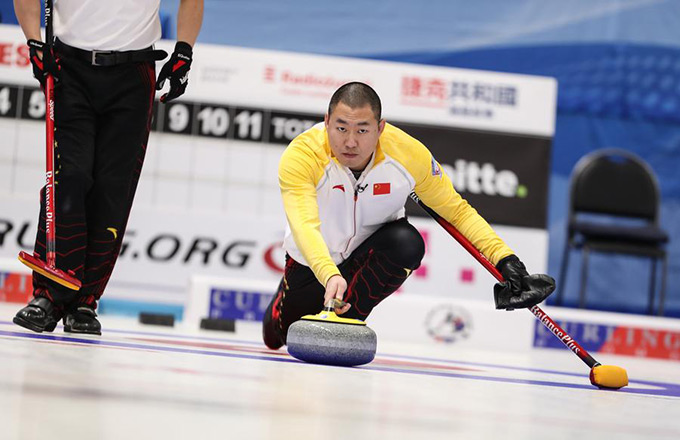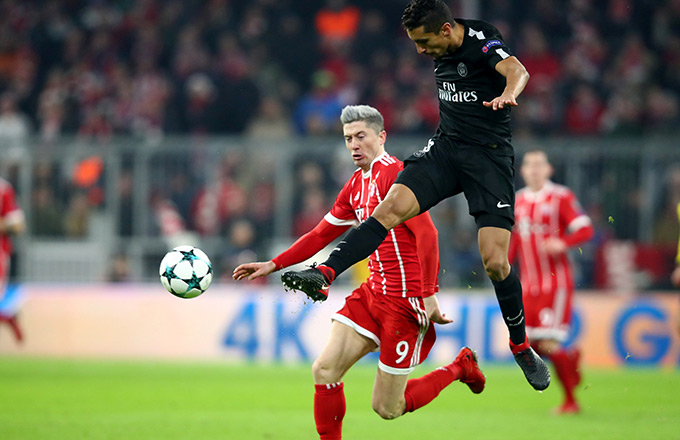

What happens if fashion meets technology for the notebook, then the notebook becomes a digital clutch for fashion-forward women around the world?
It's the HP Mini 1000 Vivienne Tam Edition, a collaboration between global PC maker Hewlett-Packard and famed fashion designer Tam and recently spotlighted at a Beijing fashion show.
Gleaming red and bursting with pink and purple peony flowers, the HP Mini 1000 Tam looks like a clutch rather than a notebook and a flamboyant contrast to the button-up corporate image that HP has presented in the past.
It's the kind of change that helped the company become the top PC maker in the world and although the economic slump has affected the personal computer industry, HP shares outperformed their benchmark indexes in 2008.
CEO Mark Hurd projected that HP will have a "modest" earning growth through 2009. Wall Street's consensus estimated HP's 2009 profits at $9.46 billion up from $8.3 billion in 2008.
|
In China, we are number two, only behind Lenovo, and we will do better in the near future, said Satjiv S. Chahil, senior vice president of Global Marketing for HP. Company photo |
HP's new "revolutionary road" for making computers "personal again" has been no small contribution towards the company's growth and its senior vice president of Global Marketing for the Personal Systems Group Satjiv S. Chahil is unquestionably an effective reformer. Chahil changed HP's strategy from business products to a balance between business and customer products and engineered the turnaround of HP's customer products.
Before HP, he is also well known as a marketing lieutenant in Palm, Apple and IBM.
In a recent interview with China Business Weekly reporter Zhang Qi, Chahil told the story behind this turnaround and his ambitions for HP's future.
Q: HP used to present a serious business image. What has created such a turnaround?
A: Three years ago, we had a management change in HP in terms of the market and the brand. When I joined HP, IBM had just sold it PC business to Lenovo, and at that time the industry regarded PC production as low-cost commodities and let Chinese manufacturers do it.
But the HP management team realized that this is not about selling cheap commodities but it's about bringing value-added products to people's life. So we said we would take a 180-degree different direction for the industry. We would like to make computer become personal again rather than selling boring boxes at the lowest cost.
So we did promote a campaign called "Computer is personal again" through TV ads around the world. It's about producing computers with fresh and innovative designs.
For example, You can use HP computers to watch movies or check emails without first waiting for windows to launch.
Q: What kind of challenges did you face when you pitched such a proposal?
A: It was such a change even people inside the company said it was crazy. Some people say if you are the number one you can change but if you are not, you could destroy the business.
But after we did a bucketful of research and surveys, we realized customers look for the difference. We took the message to CEO Mark Curd. He was convinced. And then the board of directors was also convinced. When we went to employees, everybody thought this was unique and they were excited.
It only took six months to come up with and implement the different strategy around the world. In May 2006, within 12 months we managed to redesign the entire product line. Usually it takes in PC business 18 or 24 months to make that change. But since everybody was excited to make the change we did it in 12 months.
And then we introduced new products on the catwalk during New York's fashion week, presenting new products with a lifestyle message.
This was reported by Fox.net and marked how HP changed its strategy direction.
Q: During the economic recession, will HP have a new business strategy to cope with the shrinking customers' purchase capacity?
A: This is an international challenge every country faces today but what we always do is focused on value rather than low-cost. You can see the HP Mini 1000 Vivienne Tam Edition is a luxurious product, but the price is also affordable at 5,000 yuan. We want to produce something luxurious but also affordable.
In an economic downturn, people tend to spend money more cautiously. Things must be affordable but well made. The tendency that if the product is cheap but is easily broken in one year is not good. We only make affordable and reliable products. We just make sure we provide value-added products. That's the strategy.
Q: What achievement does HP want to have in China in a short period?
A: Globally, we go half and half in proportion of business and customer computers. But in China the rate of customer products is a little bit bigger.
In the future, we want to make sure our technology can bring value to people's lives in rural areas in China.
Two years ago, we were number five in the Chinese market but now we are number two, only behind Lenovo. I believe we will do better in the near future.
(China Daily 02/09/2009 page7)


